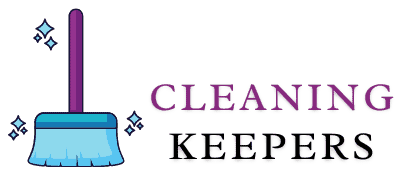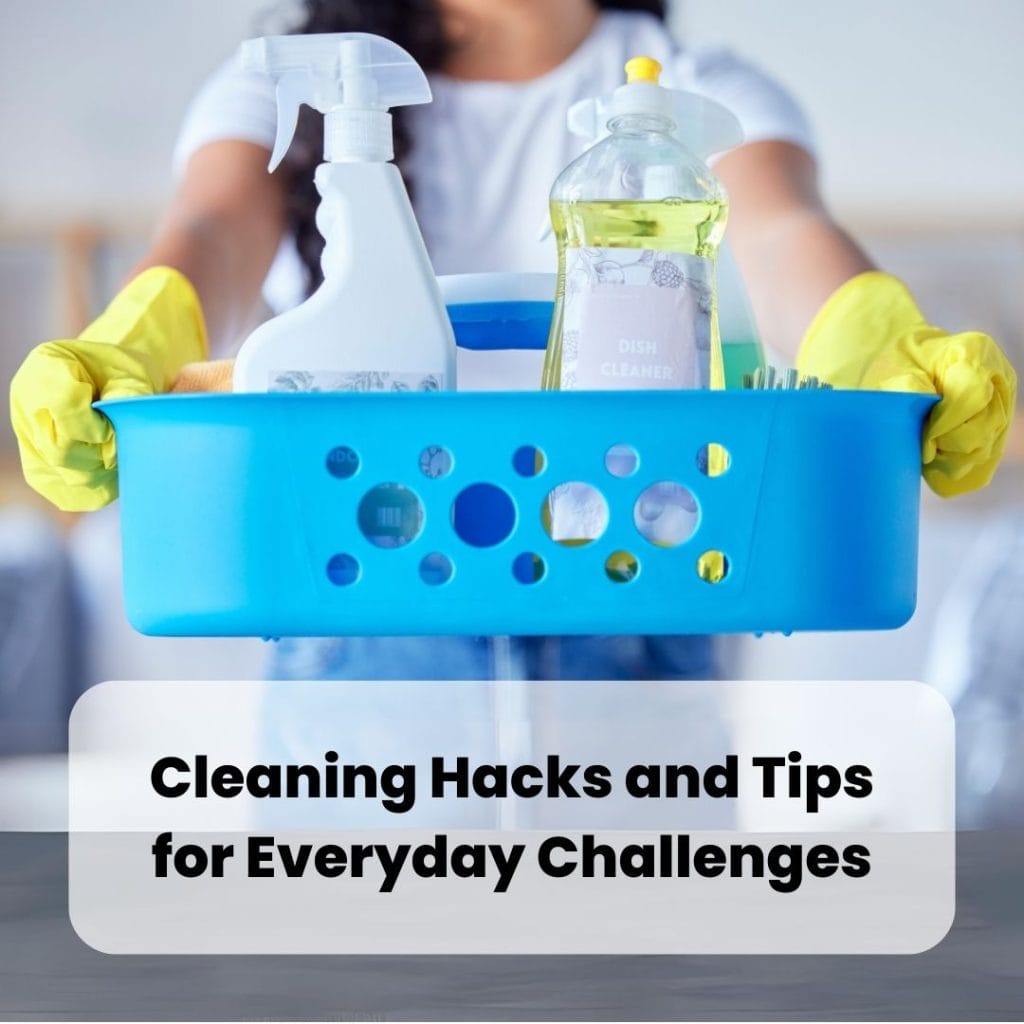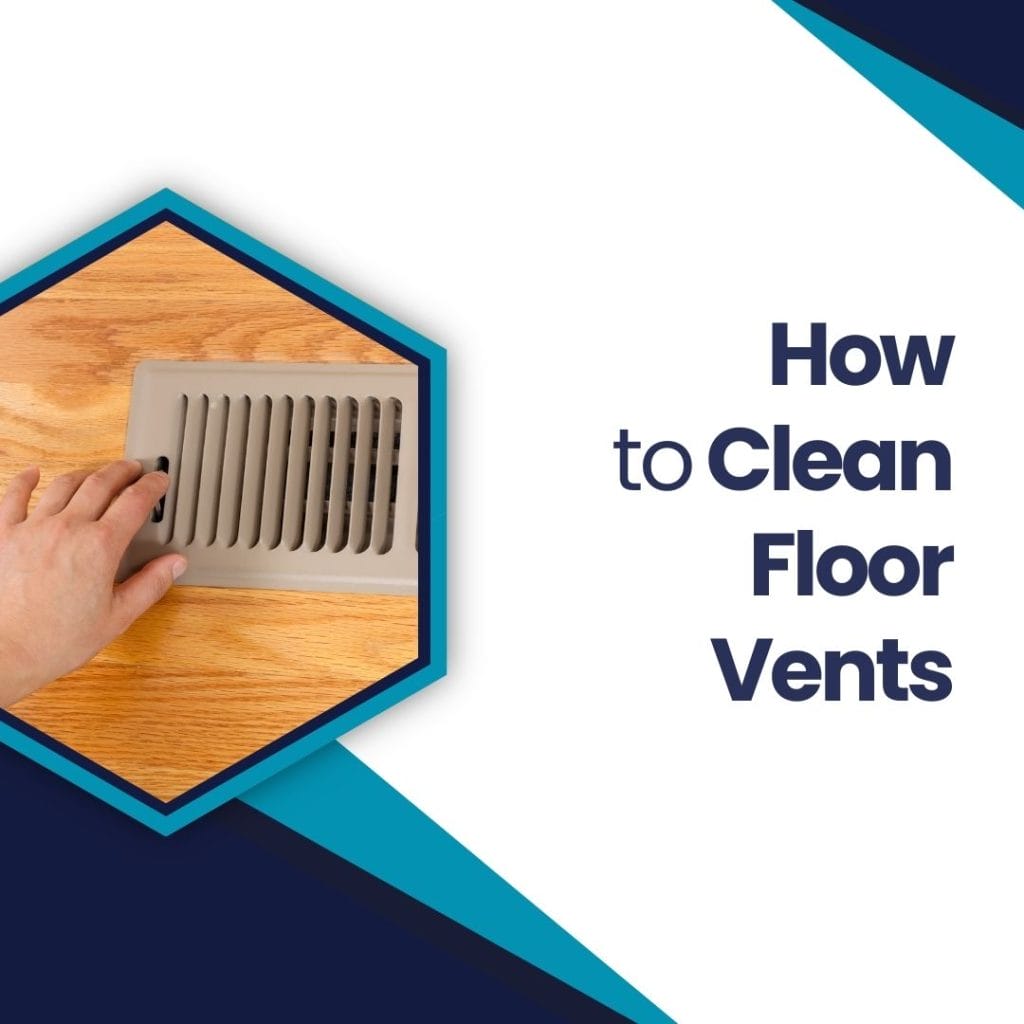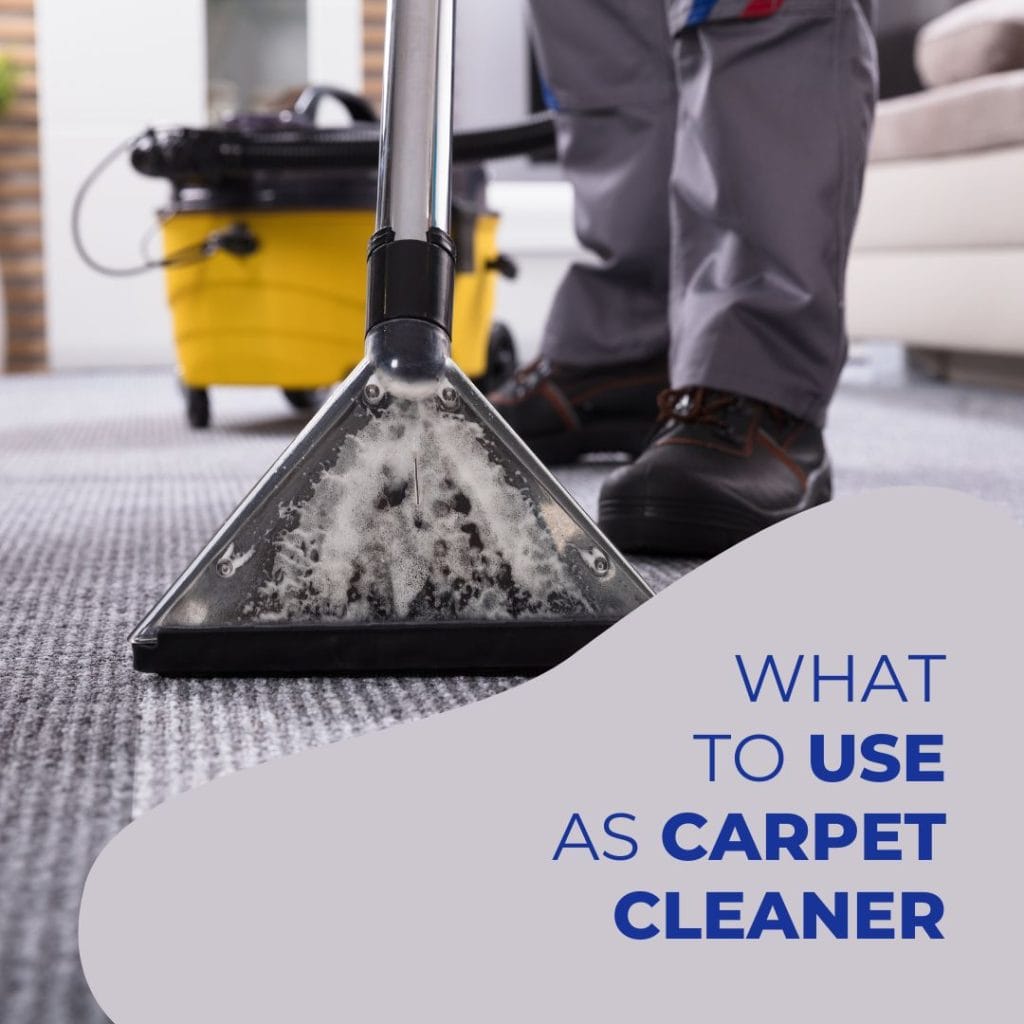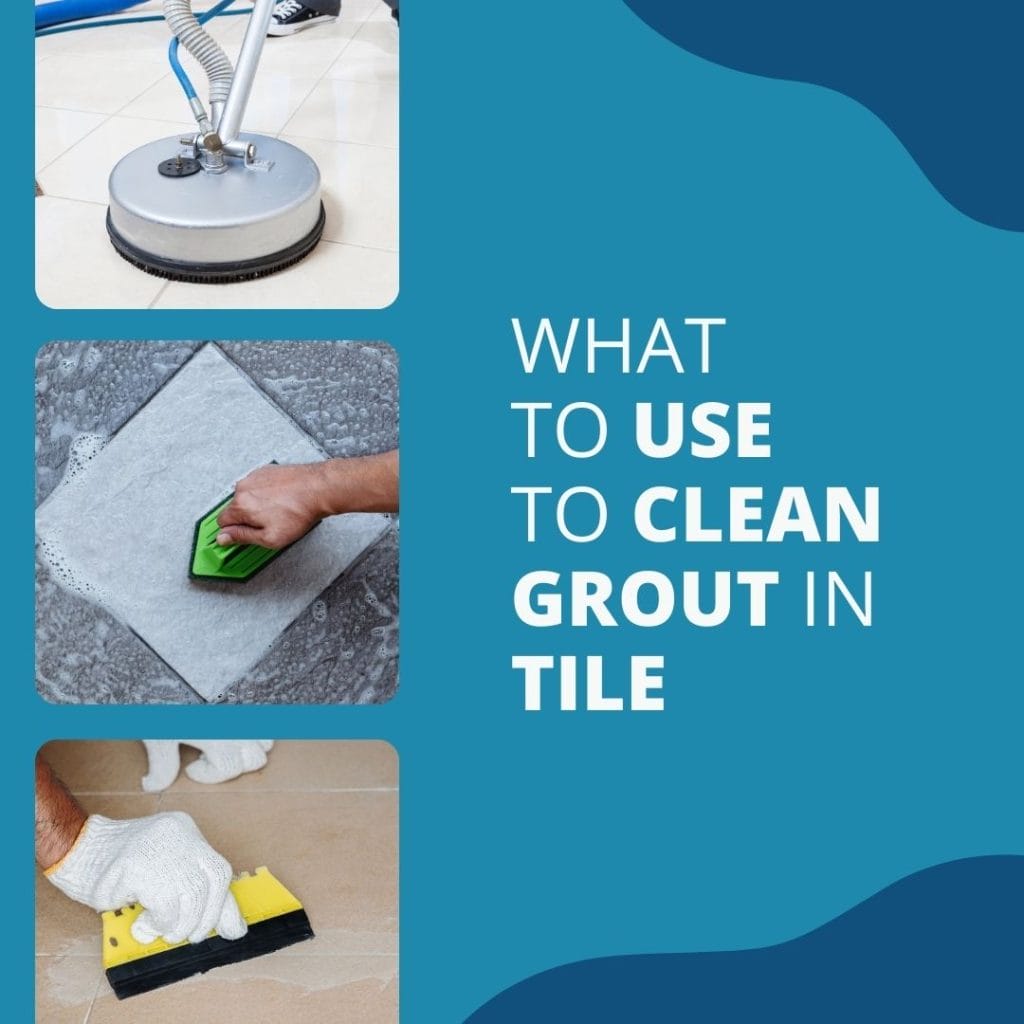When it comes to maintaining a professional, clean business environment, it is crucial to understand how long it takes for the carpet to dry after cleaning. It’s more than just a matter of aesthetics. The drying time of your carpet can significantly impact your operations, affecting everything from employee productivity to customer satisfaction. This article aims to answer the question, “How Long Does it Take a Carpet to Dry?” providing business owners with practical insights into carpet drying times. The goal is to help you plan effectively, minimize downtime, and ensure your business continues to impress with its top-notch cleanliness.
Factors Influencing Carpet Drying Time
The drying time for carpets after cleaning can vary significantly based on several factors. Understanding these variables is key to effectively managing the downtime and ensuring your business operations are not negatively impacted.
Cleaning Methods
Different cleaning methods have varying impacts on how long the carpet to dry after cleaning.
Steam cleaning, for instance, injects hot water into the carpet fibers, which can prolong drying times significantly, often between 12 to 24 hours.
Hot water extraction uses less water than steam cleaning but may take up to 12 hours to dry.
Dry cleaning methods use minimal moisture and considerably reduce carpet drying time, typically ensuring carpets are dry in 2 to 4 hours, akin to the efficiency in using Swiffer on vinyl plank flooring.
Carpet Material and Thickness on Drying Time
The type and thickness of your carpet also influence how long it takes for the carpet to dry after cleaning. Broadly, thicker carpets with dense fibers like wool or nylon take longer to dry due to their high moisture retention. Comparatively, thin mats or those made from synthetic materials such as polyester or olefin tend to dry faster, usually within 6 to 8 hours, due to their lower moisture absorbency. Understanding your carpet’s material and thickness can help predict its drying time effectively.
Environmental Factors on Drying Time
Environmental conditions such as humidity, temperature, and airflow significantly influence how long the carpet to dry after cleaning. High humidity and low temperatures can extend drying time, as moisture evaporates slower under these conditions, much like the environmental factors affecting how fuel injector cleaner works. Conversely, lower humidity, warm temperatures, and good airflow can expedite drying, often reducing carpet drying time to just a few hours. Ensuring good ventilation and controlling indoor climate can help speed up carpet drying.
Average Drying Times by Method
Let’s delve into the average drying times associated with the most commonly used carpet cleaning methods to provide a clearer picture. Knowing these timings can help business owners strategically plan cleaning schedules to minimize disruptions to their operations.
Drying Times for Different Cleaning Methods
Steam cleaning typically takes 12 to 24 hours for carpets to fully dry, similar to the time needed for eco-friendly steam cleaning of vehicles. Hot water extraction, which uses less water, can take up to 12 hours, while dry cleaning methods, which utilize minimal moisture, usually have the carpet dry in 2 to 4 hours. Remember, these are average estimates, and drying times can vary based on carpet type and environmental conditions.
Comparing Cleaning Methods
When comparing efficiency and suitability for business environments, dry cleaning stands out due to its rapid drying time and minimal disruption. However, steam cleaning or hot water extraction may be more thorough, which provides a deep clean despite their longer drying times. For businesses that require frequent carpet cleaning and cannot afford long drying times, dry cleaning is the optimal choice. In contrast, companies that can accommodate longer drying times may opt for steam or hot water extraction for a more comprehensive cleaning.
Tips to Speed Up the Drying Process
Now that we understand the factors influencing carpet drying time and the average drying times for different cleaning methods let’s explore some practical tips to expedite the drying process, ensuring minimal disruption to your business operations.
Enhancing Air Circulation
Enhancing air circulation is a vital strategy to speed up carpet drying, just as it is important in cleaning hard-to-reach vents. Incorporating fans, air conditioning, and natural airflow can significantly reduce how long the carpet takes to dry after cleaning. Fans help disperse moisture into the air, air conditioning can lower humidity, and opening windows to allow natural airflow can speed up evaporation. Together, they create an atmosphere conducive to quicker drying.
Using Dehumidifiers
Dehumidifiers can significantly decrease how long it takes for a carpet to dry after cleaning by reducing ambient humidity and encouraging faster evaporation. They work by drawing in moist air, extracting the moisture, and then releasing dry air into the room. This dry air can absorb moisture from the carpet, speeding up the drying process.
Pro-Grade Equipment in Speedy Drying
Professional-grade equipment can significantly reduce how long the carpet dries after cleaning. Professionals often use high-speed air movers and industrial dehumidifiers to quicken drying. These devices promote rapid evaporation and moisture extraction, ensuring your carpet dries efficiently and thoroughly. Utilizing such specialized equipment can help your business resume normal operations with minimal delay.
Precautions During the Drying Process
While aiming to reduce how long it takes for a carpet to dry after cleaning, it’s crucial to exercise certain precautions during drying. These measures ensure the safety and longevity of your carpets while maintaining a healthy environment in your business premises.
Preventing Slips and Falls During Drying
During drying, it’s vital to cordon off wet areas to prevent slips and falls. Use visible signage indicating wet carpet areas, and relocate or cautiously navigate around any furniture that may pose a tripping hazard. Careful management can ensure safety while mitigating any potential accidents.
Protecting Carpets from Damage and Re-Soiling
Avoiding foot traffic on damp carpets is crucial to prevent re-soiling and damage. Walking on a wet carpet can embed dirt and cause compaction, affecting the carpet’s texture and appearance. If walking on the carpet is unavoidable, use clean, white towels or specialized carpet film to protect the area. Remember, prompt and careful attention during the drying process can extend the life of your carpet and maintain its aesthetic appeal.
Choosing the Right Cleaning Service
Selecting an appropriate cleaning service is crucial in ensuring that your carpets are cleaned professionally and dried efficiently, reducing the time for the carpet to dry after cleaning. This selection can significantly influence the overall cleanliness of your business premises and the longevity of your carpets.
Fast and Efficient Cleaning Service
Consider their cleaning methods and drying techniques when selecting a professional cleaning service. Services that use low-moisture procedures or have advanced drying equipment can significantly reduce how long it takes for a carpet to dry after cleaning. Check their previous client reviews for reliability and efficiency. Choose a service that can operate outside your business hours to minimize disruption. Remember, a professionally cleaned and well-maintained carpet reflects positively on your business image.
Skilled Technicians in Cleaning and Drying
Experienced technicians play a crucial role in efficient carpet cleaning and drying. They possess the necessary skills and knowledge to handle various types of carpets and understand the most appropriate cleaning methods. Skilled technicians can also expertly operate professional drying equipment, significantly reducing how long it takes for a carpet to dry after cleaning and ensuring a thorough, high-quality cleaning process.
Conclusion
Understanding how long it takes for a carpet to dry after cleaning is pivotal for maintaining operational efficiency and cleanliness in your business environment. From selecting the right cleaning method, utilizing equipment like fans, dehumidifiers, or professional-grade devices, to choosing an experienced cleaning service, each factor plays a significant role in carpet drying. Precautions like preventing foot traffic and ensuring safety measures are critical to prolong the life of your carpet. Knowing how long the carpet to dry after cleaning helps minimize downtime, maintain a clean, professional image, and extend your carpet’s longevity.
